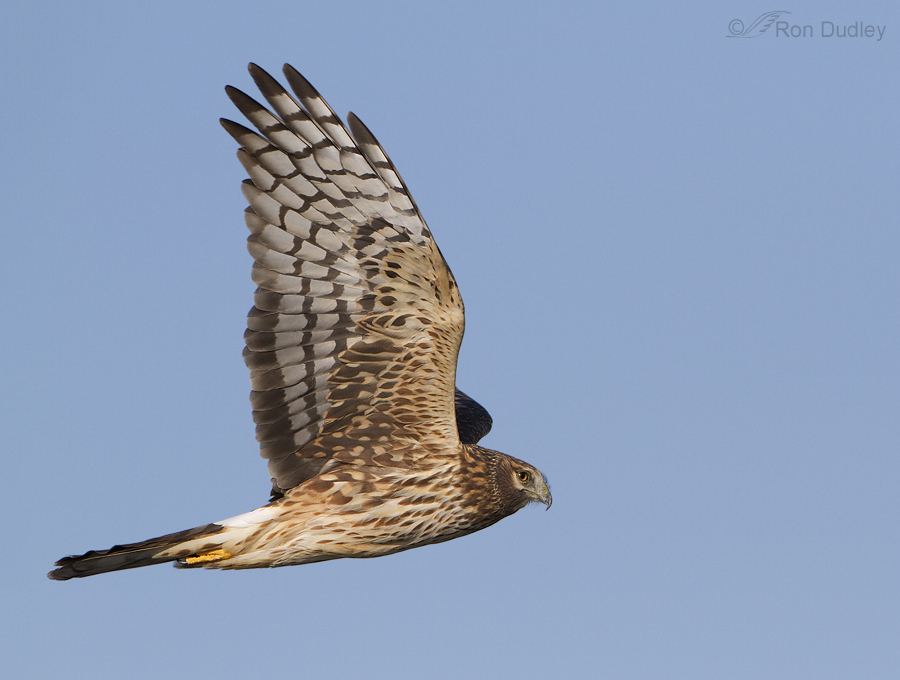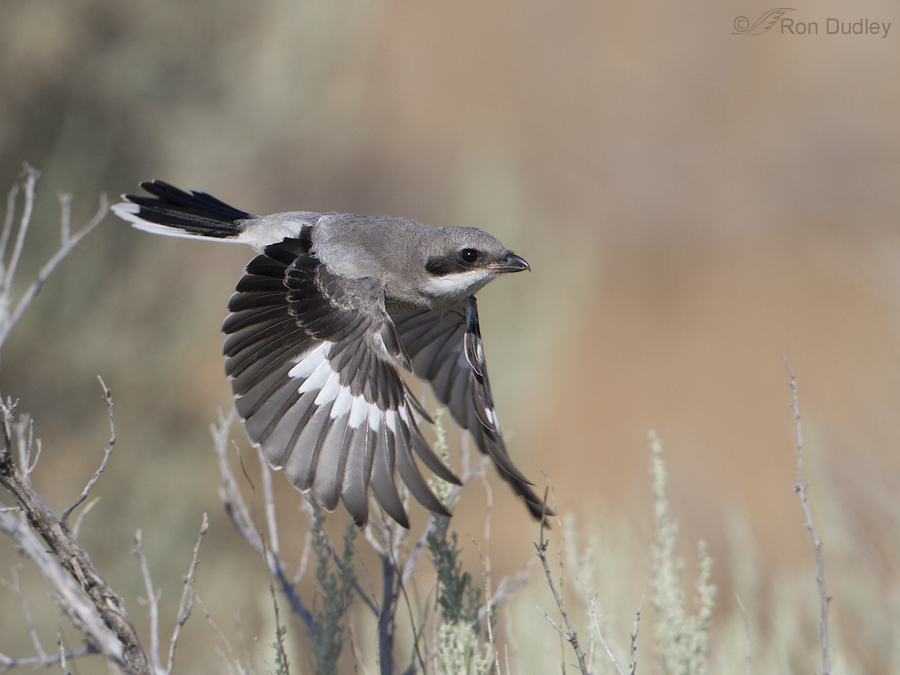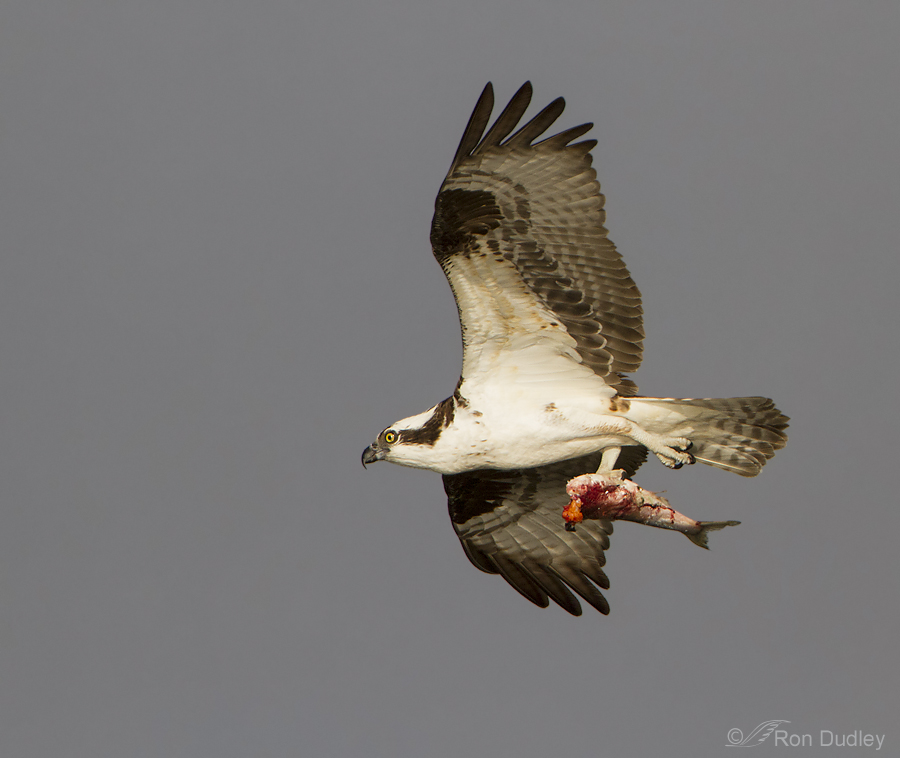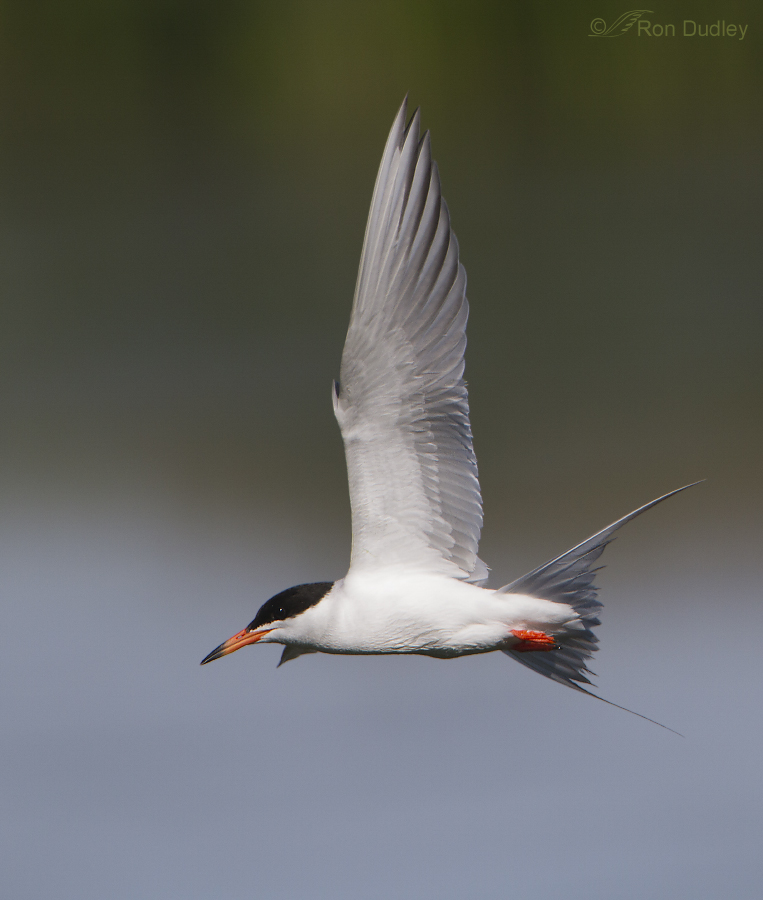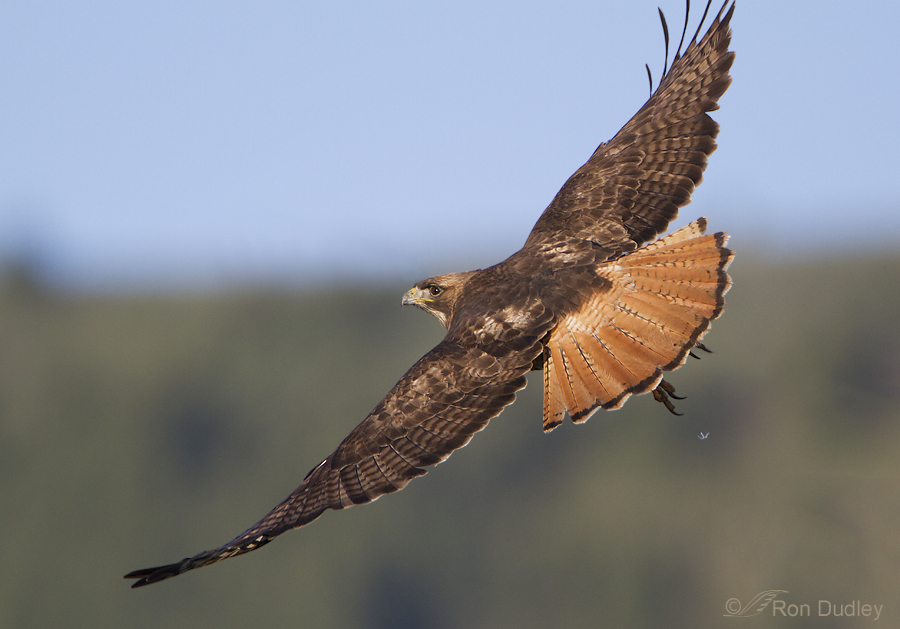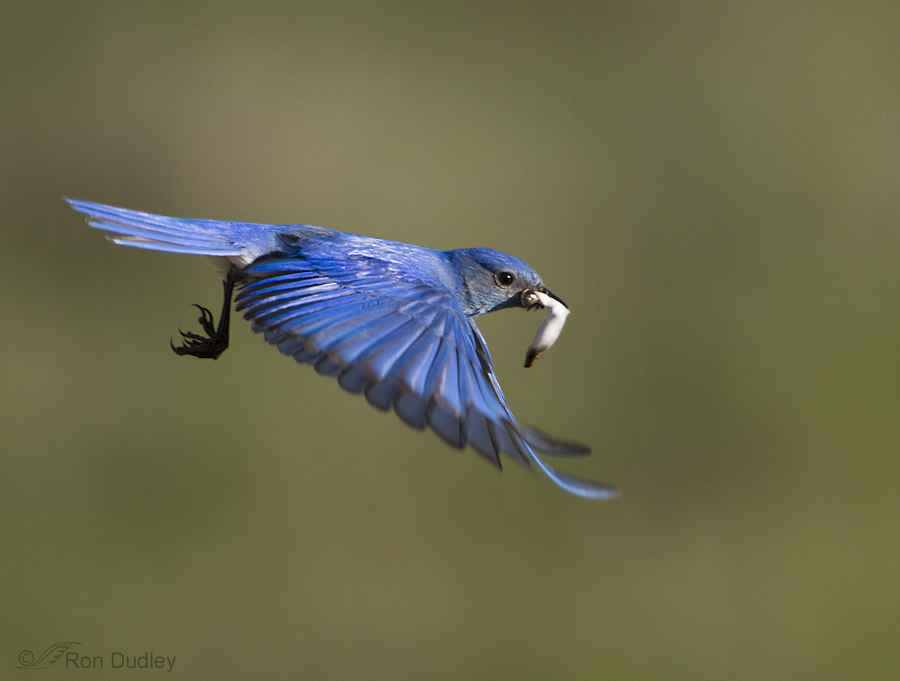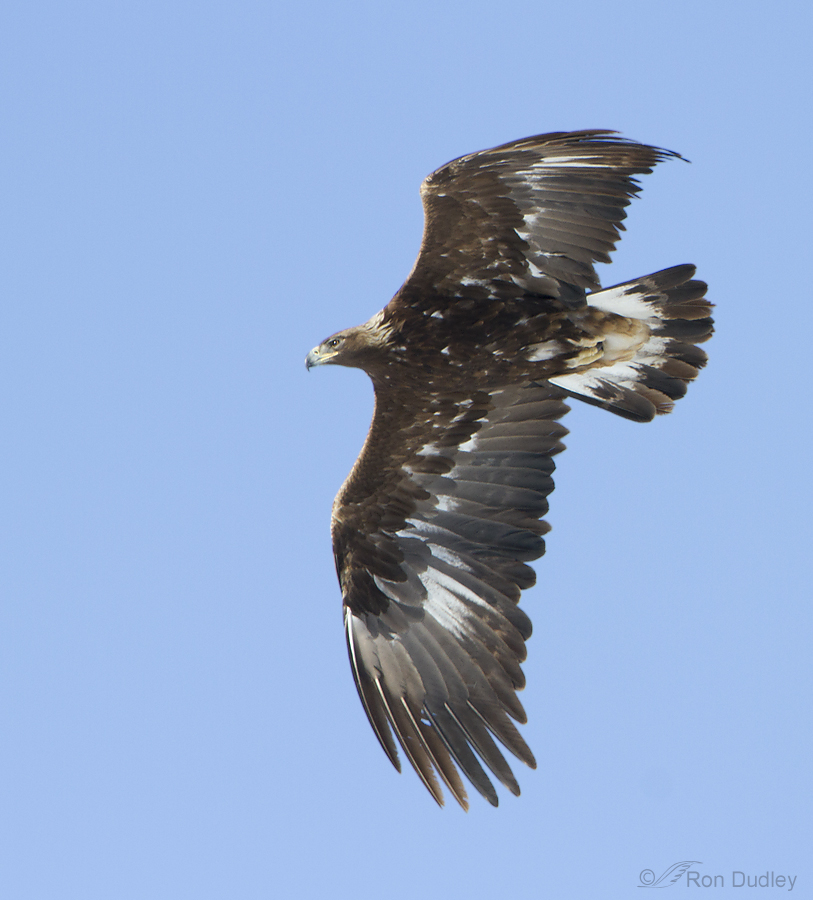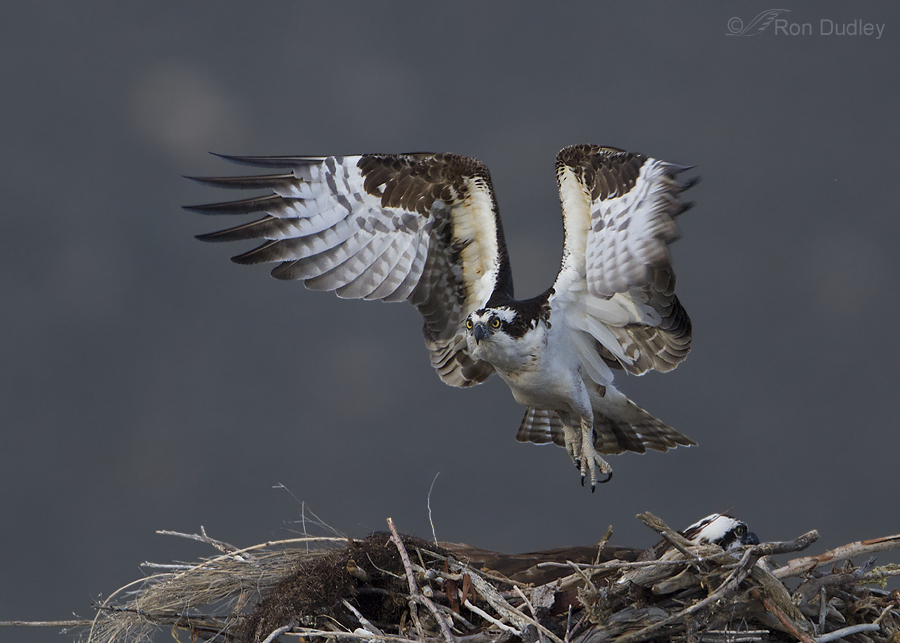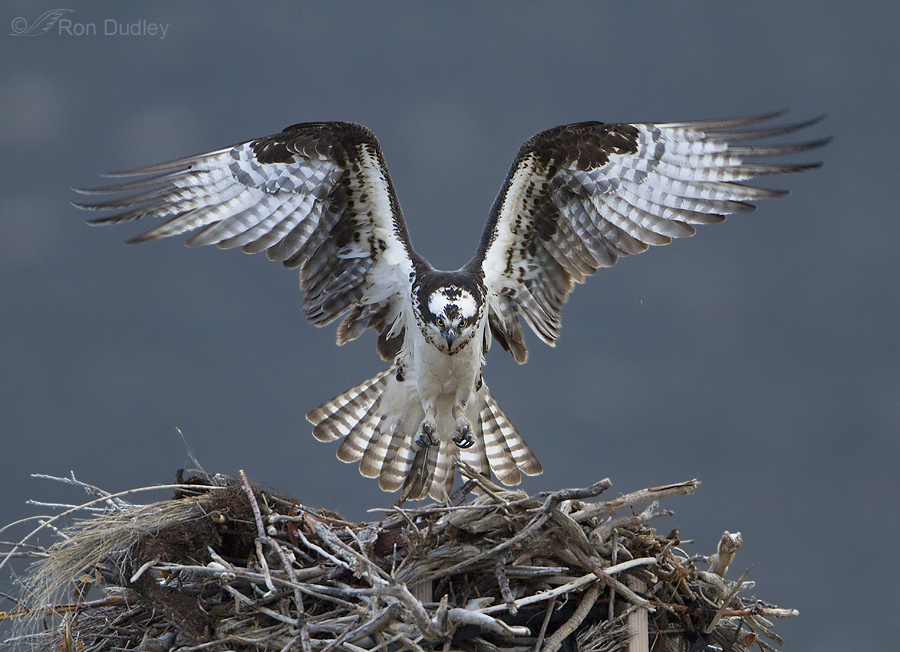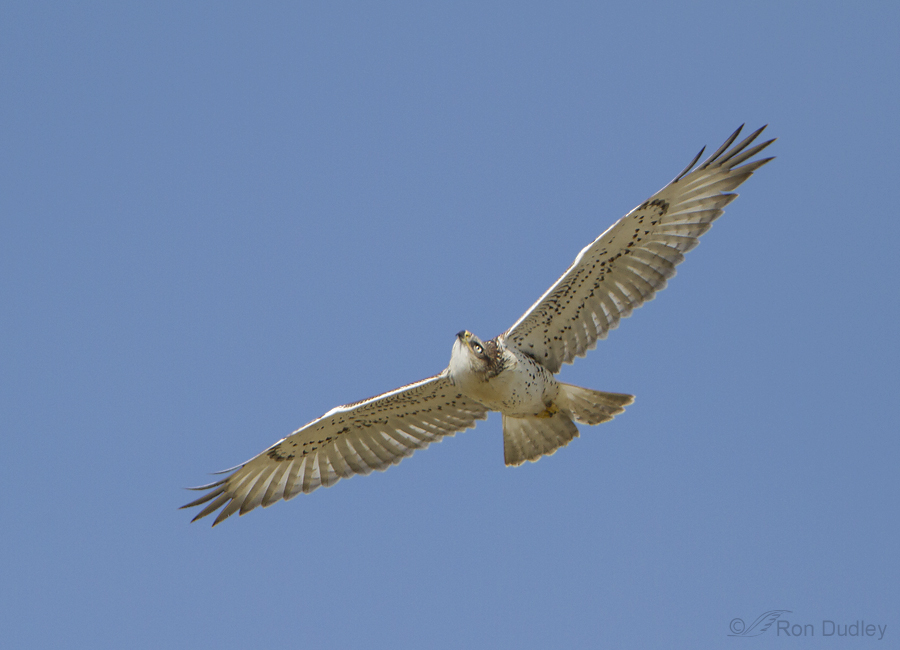In my experience American Avocets are difficult subjects to get in flight because of their speed and erratic flight patterns. I’ve tried often but I sure don’t have many flight shots of the species that are very good. 1/4000, f/6.3, ISO 500, 500 f/4, 1.4 tc, natural light But I do like this one because of the sharpness of the bird, the position of the wings and feet, the nice eye contact, the pretty good exposure on a difficult subject and the somewhat unusual perspective with the viewer looking down on the bird that is flying mostly toward us. However I don’t particularly appreciate those two twigs behind the head so I’ve never posted this image before. Much as I dislike significant cloning, getting rid of those twigs has sorely tempted me more than once but in the end I just couldn’t do it (though I’ll admit to playing with it a little bit…). So I’m asking for critique on the image as presented. How much of a distraction do you think those two twigs are? Sometimes I become obsessed with imperfections (as several of you have pointed out on previous posts) and can’t see the forest for the trees. Perhaps the twigs aren’t as much of a problem as I think they might be. But either way, please be brutally honest. Thank you in advance for any thoughts on this you’d be willing to share. Ron Note: There are conflicting visual cues on this image for rotation. One would expect the twigs in the background to be vertical but when I rotate…
Continue reading


